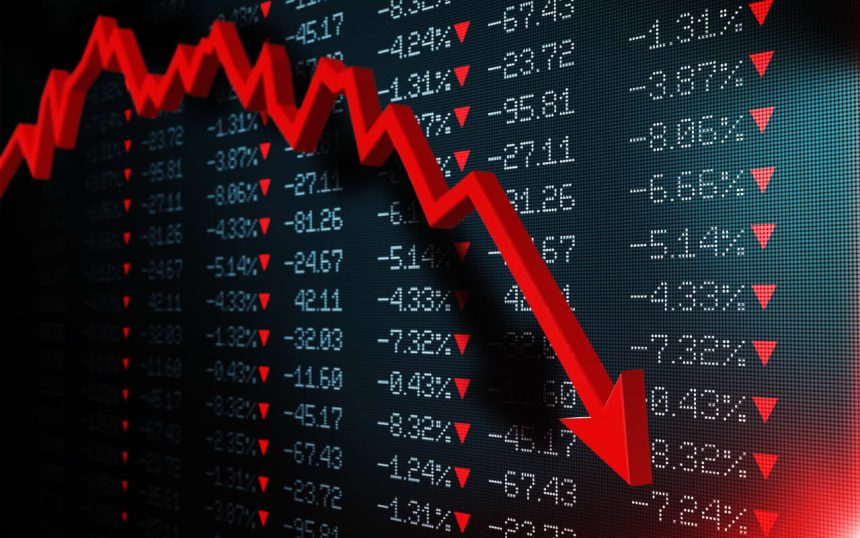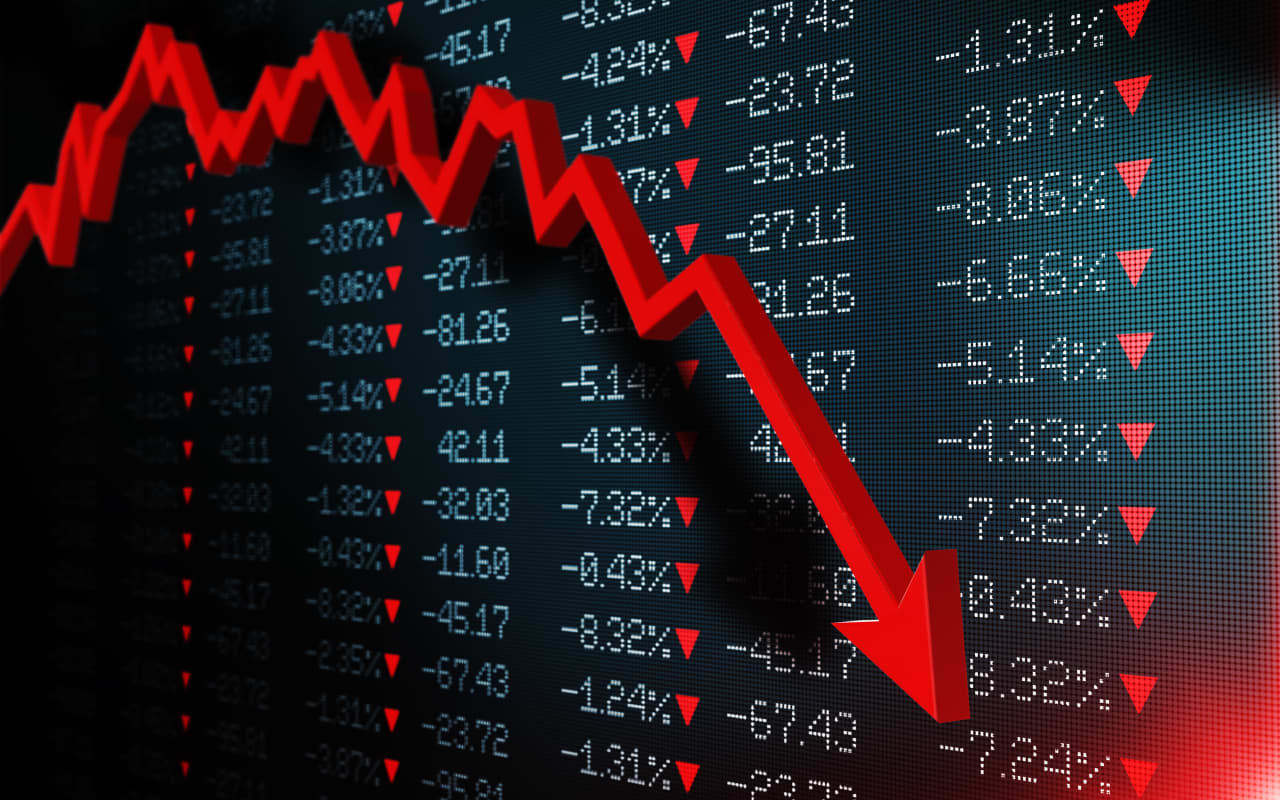Market Downturn: Understanding Circuit Breakers in Stock Trading
Significant Declines Shake the Market
On Monday, stock markets experienced a notable decline, raising questions about the implications of such downturns. Investors are often left wondering at what point these falls become significant enough to activate trading halts designed to protect the integrity of the market.
The Mechanism of Circuit Breakers
Circuit breakers are predefined measures implemented in response to sharp declines in market indices. These automatic trading suspensions come into play when prices tumble by specified percentages within set time frames. The intention behind these breaks is to prevent panic selling and give investors a moment to reassess their strategies amidst volatility.
Thresholds for Trading Halts
To trigger a circuit breaker, major indices such as the S&P 500 must drop by specific margins:
– A 7% decline triggers a temporary pause for 15 minutes.
- A further drop of 13% results in another halt.
– a fall reaching 20% can lead to an extended suspension for the remainder of the trading day.
These thresholds were established following financial crises and aim to curb excessive volatility while allowing time for consideration.
Current Market Context and Statistics
As of now, with fluctuating economic indicators – including inflation rates hovering around 3.7% and unemployment remaining low – understanding how close we are to activating circuit breakers becomes even more pertinent for today’s investors. Analysis shows that every decade typically faces at least one recession-induced market stress test; thus, knowledge about trading halts is essential.
A Historical Perspective on Circuit Breakers
The implementation of circuit breakers took root during tumultuous periods like Black Monday in October 1987 when markets plummeted significantly within hours. Today’s parameters reflect lessons learned from past experiences aimed at stabilizing investor sentiment and enhancing overall confidence during periods marked by uncertainty.
Navigating Future Market Challenges
As traders brace themselves against potential downturns, recognizing how far stock prices must fall before triggering these protective measures allows participants greater insight into risk management strategies. With meticulous preparation and awareness, they can navigate through future fluctuations more effectively while safeguarding their portfolios from unforeseen losses.
understanding the mechanisms behind circuit breakers not only equips investors with knowledge but also aids them in making informed decisions during times marked by uncertainty and change in global markets.
Source







